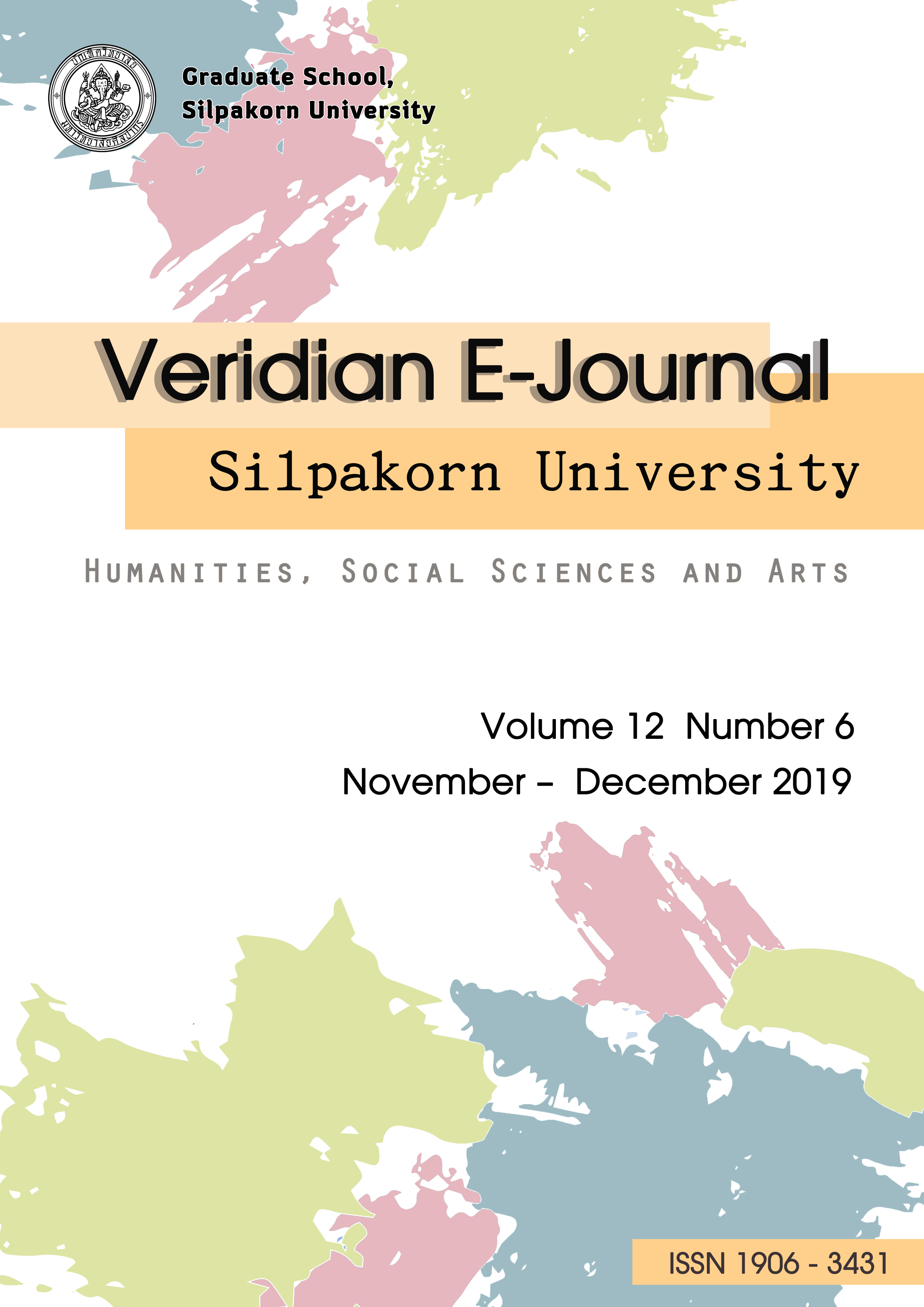How Waterpark Image, Price Fairness, and Satisfaction Create Behavioral Intentions: Moderating Effects of Novelty- Seeking
Main Article Content
บทคัดย่อ
Despite a fast-growing number of waterparks in Thailand, this high capital-intensive business has a very few matured precedent cases in the country. As the challenges are getter greater, the understanding of patron’s behavioral is an extremely important determinant in long-term competitiveness and sustainability in the industry. Thus, this study aims to explore the relationships among the antecedents which are waterpark image, price fairness, and patron’s satisfaction together with their effects on behavioral intentions. The mediating roles of price fairness and satisfaction as well as the moderating role of novelty-seeking are also examined. Regardless of the scant in waterpark literature, a proposed conceptual framework, applied from literature in related fields, was empirically tested using a structured questionnaire. Qualified respondents rated their opinions on scaled items with five-point Likert scale. A structural equation modeling using SmartPLS3.2.7 was performed to examine the proposed hypothetical paths. The analytical results confirm the importance of waterpark image and price fairness in predicting satisfaction and behavioral intentions. While price fairness partially mediates water park image to satisfaction, satisfaction also acts as a partial mediator for waterpark image and price fairness to behavioral intentions. The result reveals that waterpark image has biggest total effect on behavioral intentions. And as projected, satisfaction is also another strong predictor of behavioral intentions, novelty-seeking, on the other hand, was not found to have a significant moderating effect on the relationship between satisfaction and behavioral intentions. These empirical findings are beneficial to both existing and future waterpark developers for planning limited resources on most influential factors in proper priority that lead to desired behavioral intentions. It reaffirms the necessity for managers to perform a correct combination of marketing mixes that would strengthen the perception of the image and price fairness. In addition, the effect of novelty-seeking on behavioral intentions can be theoretically extended and is recommended for future study to explore in different dimensions other than the moderating role. Further managerial and theoretical implications are discussed in the paper.

